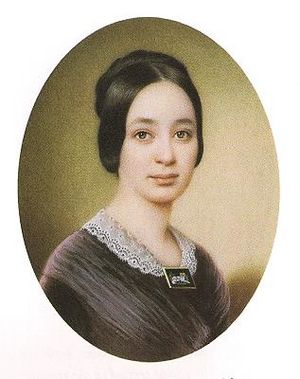Montana Territory in the American Civil War facts for kids
The area we now call Montana didn't play a big part in the American Civil War. The fighting between the Union and the Confederacy happened far away. The closest Confederate soldiers ever got was over a thousand miles from Montana.
Back in 1861, when the war started, Montana wasn't even a state or its own official territory. It was split between the Dakota Territory and the Washington Territory. Later, in 1863, it became part of the Idaho Territory. Finally, on May 26, 1864, the Montana Territory was officially created.
Even though Montana wasn't a battlefield, some people living there supported the Confederate side. These Confederate sympathizers had different reasons for being in Montana. Some hoped that the gold found in Montana would help the Southern states. Others were just people trying to avoid the war, including some soldiers who had left the Confederate army.
In southwest Montana, people from the Southern United States wanted to name a new town "Varina." This name was to honor Varina Davis, the wife of Jefferson Davis, who was the President of the Confederacy. On June 16, 1863, a group tried to make this official. However, the judge, Dr. G.G. Bissell, who was from Connecticut, refused. He said he would never allow a town to be named after the Confederate First Lady. Instead, he suggested they name it after the state of Virginia. So, they did, and the town became Virginia City. Even after becoming the capital of Montana, the town remained friendly to the Southern cause.
The strong support for the Confederacy in Montana worried many Union supporters. Because of this, Sidney Edgerton quickly went to see President Abraham Lincoln in 1863. This meeting was one of the main reasons the Montana Territory was created so quickly.
Gold mining started in Montana during the Civil War. Gold was found at Bannack in 1862. This discovery led to a "gold rush," and more gold was found in places like Virginia City in 1863, and Helena and Butte in 1864. Gold from these mines went to both the Union and Confederate sides. In Broadwater County, a group of Confederate supporters found a rich gold vein. They named the area "Confederate Gulch" in their honor. People said it was one of the biggest and richest gold areas in Montana.
Contents
Union Soldiers in Montana
Even though no organized Confederate armies reached Montana, many Union army groups ended up there. Most of these groups were originally formed to fight the Confederates in the South. But instead, they found themselves far west, fighting Native Americans and guarding important outposts in the Montana Territory. Here are some of the types of soldiers who served there:
Foot Soldiers (Infantry)
- 1st United States Volunteer Infantry Regiment: These soldiers were sometimes called "Galvanized Yankees." In 1865, Company H of this group served at Fort Benton, deep inside Montana Territory. Another company, Company B, was at Fort Union, just outside Montana. Company H served the farthest north of all these "Galvanized Yankees."
- 8th Minnesota Volunteer Infantry Regiment: In July 1864, all ten companies of this regiment rode horses along the Yellowstone River in eastern Montana. They were part of a large expedition against the Sioux people. Later, this regiment moved to the South and fought in battles there, traveling more miles than almost any other Union army group.
- 30th Wisconsin Volunteer Infantry Regiment: One company from this regiment guarded Fort Union from 1864 to 1865. This fort was located just outside Montana, in what is now North Dakota.
Horse Soldiers (Cavalry)
Many cavalry units were part of expeditions that traveled through Montana, often fighting Native Americans.
- 1st Dakota Territory Volunteer Cavalry Battalion: Two companies of this group rode along the Yellowstone River in eastern Montana in July 1864.
- 2nd California Volunteer Cavalry Regiment: Two companies from this regiment were part of the Powder River Expedition in 1865, traveling through the Tongue River valley.
- 6th Iowa Volunteer Cavalry Regiment: Eleven companies of this regiment rode along the Yellowstone River in eastern Montana in July 1864.
- 12th Missouri Volunteer Cavalry Regiment: All twelve companies of this regiment marched from Nebraska as part of the Powder River Expedition in 1865. They fought against Native Americans in southeastern Montana.
- Pawnee Scouts: This company was made up of Pawnee people and helped scout and fight around the Tongue and Powder River areas in southeastern Montana in 1865.
Artillery (Cannons)
- 2nd Missouri Volunteer Light Artillery Regiment: After fighting in the South, seven groups from this regiment, equipped like cavalry, marched from Nebraska as part of the Powder River Expedition in 1865. They fought against Native Americans in southeastern Montana.
- 3rd Minnesota Volunteer Light Artillery Battery: This group, with their cannons, marched along the Yellowstone River in eastern Montana in 1864.
Other Groups
- United States Signal Corps: These groups, made up of men who had been in Civil War battles in the East, joined the Powder River Expedition in 1865. They helped with communication and scouting in southeastern Montana.
Images for kids
See also



